13 Best Hiking Trails in South America for Adventure Seekers
For adventure seekers, South America is a dream destination, boasting a variety of hiking trails that showcase the continent’s natural wonders. From the towering Andes to the vibrant Amazon, there is a trail for every type of explorer. These hikes are an excellent way to immerse yourself in the region’s diverse landscapes and rich history. Many of these trails offer not only physical challenges but also unforgettable views and experiences. Get ready to lace up your boots and embark on an unforgettable journey through the best hiking trails South America has to offer.
This post may contain affiliate links, which helps keep this content free. Please read our disclosure for more info.
Torres del Paine W Trek, Chile
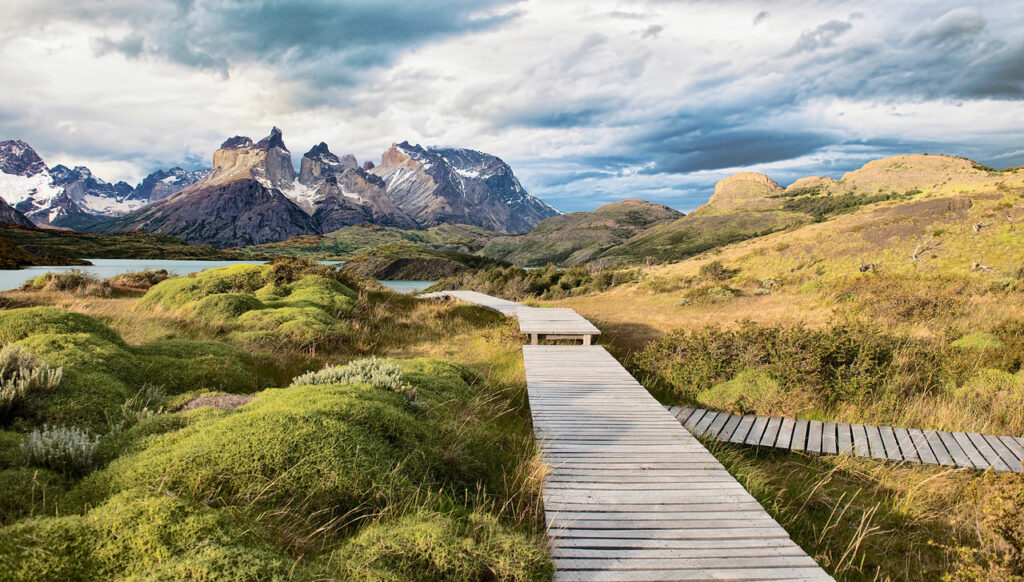
The Torres del Paine W Trek is a world-renowned hike located in southern Chile’s Patagonia region. This 4 to 5-day trek spans approximately 71 kilometers, taking hikers through the stunning Torres del Paine National Park. The highest point of the trail reaches 1,200 meters above sea level (MASL), offering dramatic views of glaciers, lakes, and the famous granite towers. The W Trek is ideal for intermediate hikers, as it involves some steep ascents but is manageable with proper preparation.
While the trek offers challenging sections, its stunning landscapes make it a rewarding experience for adventure seekers. The route is well-marked, and hikers can opt for guided tours if needed. The best time to visit is between November and March, when the weather is milder. This trail provides a chance to experience one of the most breathtaking national parks in the world.
Inca Trail to Machu Picchu, Peru
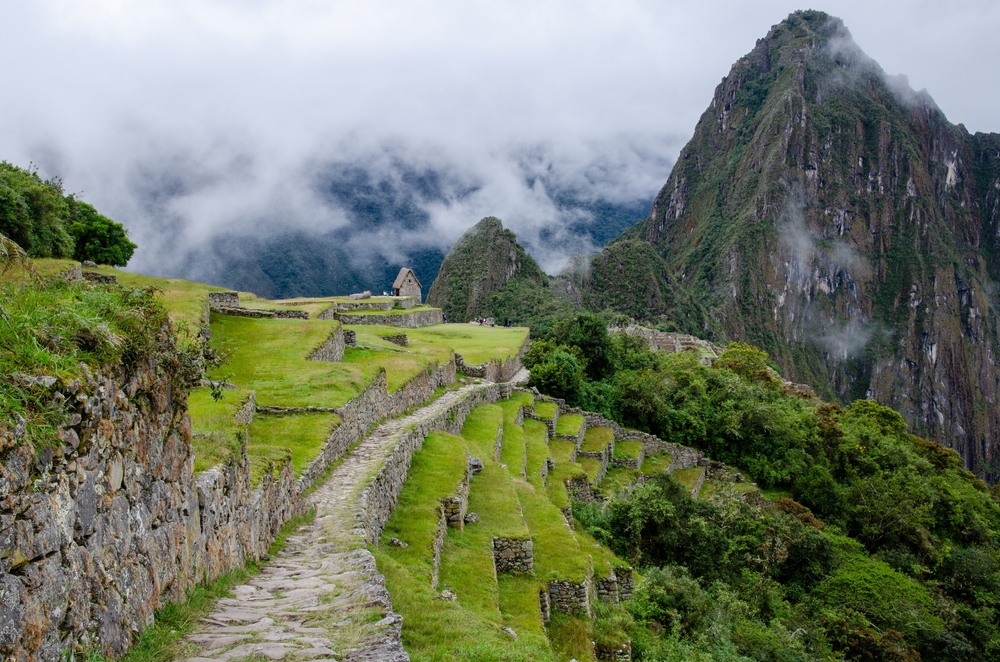
The Inca Trail is one of the most iconic hikes in the world, leading hikers through the Andes to the ancient Inca city of Machu Picchu. The trail is 43 kilometers long and takes 4 days to complete, with the highest point at 4,215 meters above sea level (MASL). This challenging trek offers stunning views of mountains, Inca ruins, and cloud forests, making it a must-do for history lovers and adventure seekers alike. Though some sections can be strenuous, it is suitable for hikers with moderate experience.
The Inca Trail is well-maintained, and permits are required to hike, making it a popular yet controlled experience. The hike ends at Machu Picchu, one of the most famous archaeological sites in the world. The trail offers both cultural and physical challenges, making it a unique adventure. To get the best experience, it is recommended to book your trip months in advance.
Lost City Trek, Colombia
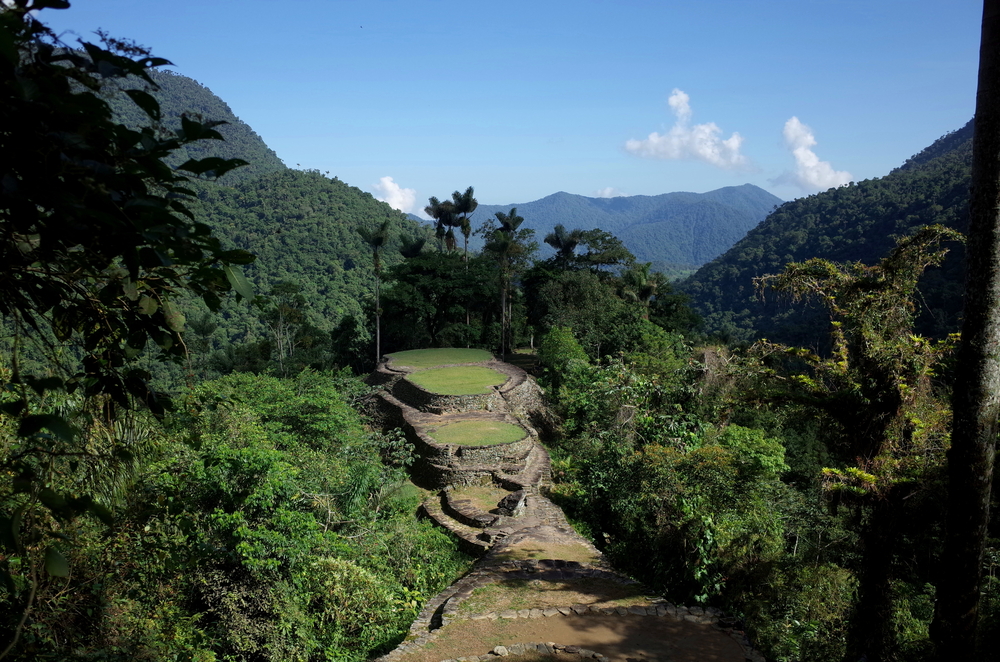
The Lost City Trek, or Ciudad Perdida, is an exciting 4 to 6-day hike through the jungles of Colombia, leading to an ancient city hidden in the Sierra Nevada mountains. The trek covers about 44 kilometers, with a highest point of 1,200 meters above sea level (MASL). This hike is more remote and less crowded than other trails, offering an authentic adventure for experienced hikers. The terrain is challenging, with steep ascents, river crossings, and dense jungle, making it better suited for intermediate to advanced hikers.
The Lost City Trek offers a unique opportunity to explore Colombia’s indigenous heritage and untouched landscapes. Hikers will encounter wildlife, waterfalls, and indigenous villages along the way, making it a culturally immersive experience. While the trek is physically demanding, the rich history and stunning surroundings make it well worth the effort. It is best to go with a guided tour, as the route can be difficult to follow.
Fitz Roy Trek, Argentina
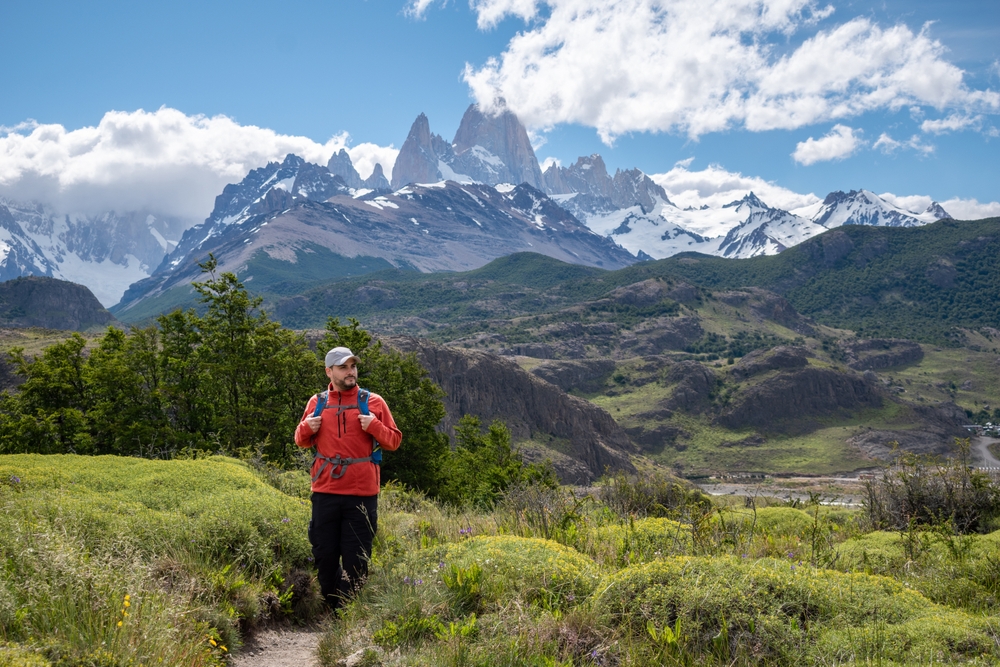
The Fitz Roy Trek is a famous hike in Argentina’s Patagonia region, offering stunning views of the Fitz Roy mountain. The trail is approximately 20 kilometers long and typically takes 8-10 hours to complete, with a highest point of 1,200 meters above sea level (MASL). The trek offers incredible views of glaciers, forests, and turquoise lakes, making it a must-do for nature lovers. It is a moderately difficult hike, suitable for experienced hikers looking for a challenging but rewarding adventure.
The Fitz Roy Trek is located within Los Glaciares National Park, and the hike can be done year-round, though the best time to visit is during the summer months of December to February. The terrain is rocky and steep in some areas, requiring a good level of fitness. The hike offers some of the most iconic views in Patagonia, especially of the jagged Fitz Roy peak. It is a perfect choice for those seeking adventure and breathtaking scenery.
Perito Moreno Glacier Trek, Argentina
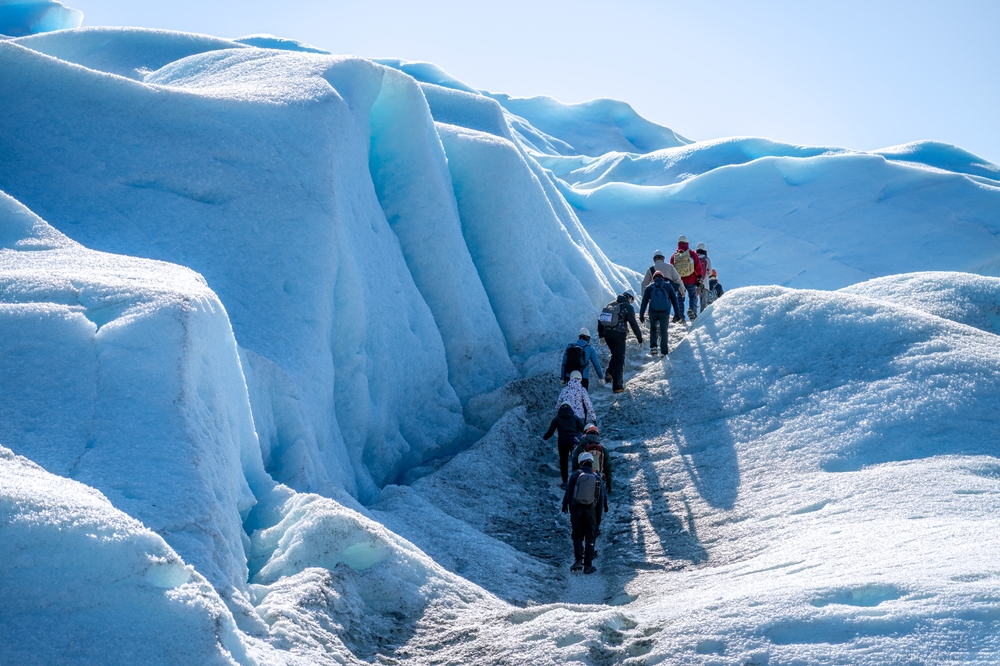
The Perito Moreno Glacier Trek is a once-in-a-lifetime experience, allowing hikers to explore one of the most famous glaciers in the world. The trek lasts around 3-4 hours, covering a few kilometers, and takes hikers directly onto the glacier itself. With an elevation of 250 meters above sea level (MASL), this hike offers views of ice formations and crevasses that are truly awe-inspiring. It is a unique adventure, but the trek is not overly strenuous, making it accessible for beginners with a moderate fitness level.
Guided tours provide crampons and all necessary equipment to ensure safety on the ice, making this glacier trek a safe yet thrilling experience. The Perito Moreno Glacier is one of the few advancing glaciers in the world, offering an incredible visual spectacle. This trek is ideal for adventure seekers looking for something different, combining hiking with ice exploration. The best time to visit is during the summer months, from December to March, when conditions are most stable.
Cotopaxi Volcano Trek, Ecuador
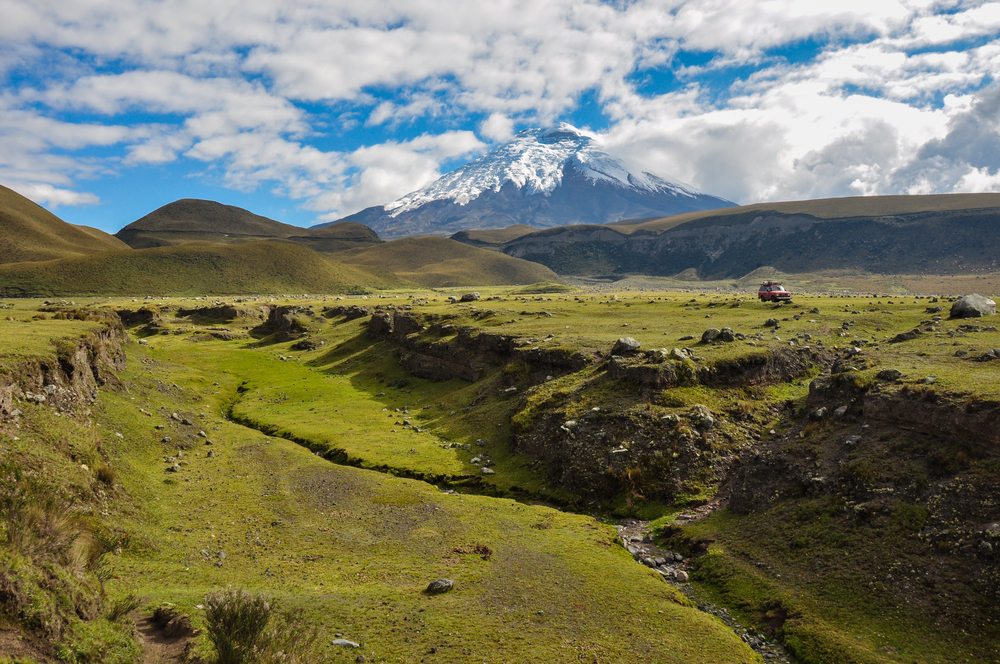
The Cotopaxi Volcano Trek is a high-altitude adventure that takes hikers to one of the highest active volcanoes in the world. The trek to the summit of Cotopaxi stands at 5,897 meters above sea level (MASL), making it suitable for experienced climbers and trekkers. The hike typically takes 2-3 days, with an emphasis on technical climbing in some sections. The route offers stunning views of the Andean peaks, glaciers, and volcanic landscapes, providing a unique and challenging experience.
Climbers will need to be well-prepared for high-altitude conditions, with proper gear and acclimatization to prevent altitude sickness. The trek is guided, as it requires technical skills and knowledge of glacier travel. The best time to attempt the climb is during the dry season, from June to September. Reaching the summit of Cotopaxi is a major achievement for mountaineers, offering incredible views and a sense of accomplishment.
Chapada Diamantina Trek, Brazil
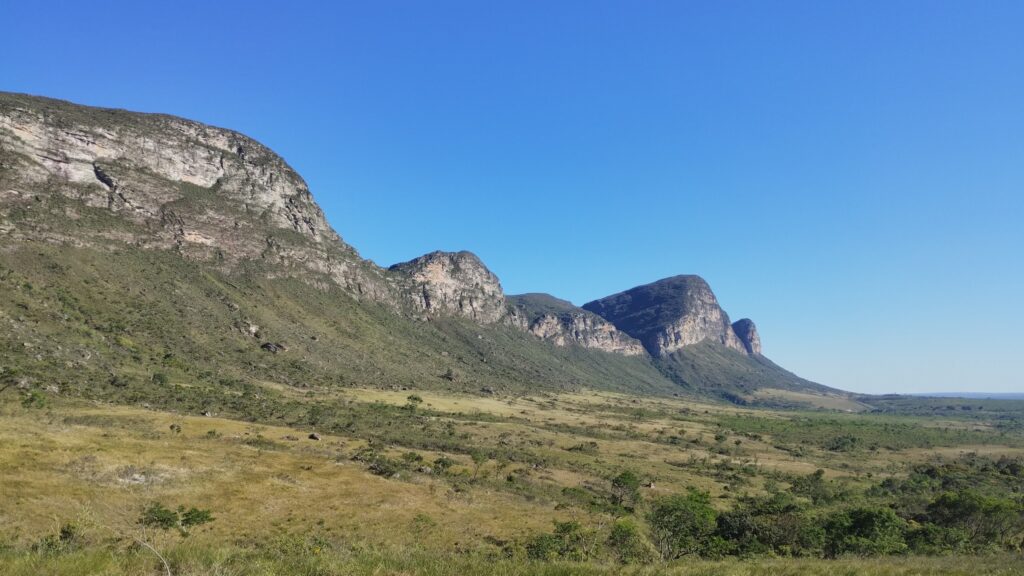
The Chapada Diamantina Trek is a beautiful hike located in Brazil’s Chapada Diamantina National Park. The trek covers approximately 25 to 30 kilometers over 4 days, with elevations ranging from 500 meters to 2,400 meters above sea level (MASL). The route takes hikers through stunning landscapes, including waterfalls, caves, and plateaus, making it a great choice for nature enthusiasts. The trek is of moderate difficulty, making it suitable for hikers with some experience.
The Chapada Diamantina Trek is known for its unique mix of terrain, including rocky paths, dense forests, and open fields. Hikers will encounter beautiful waterfalls, such as the famous Fumaça Waterfall, and explore caves and valleys. The trek is best done from May to September during the dry season, ensuring the best trail conditions. This trek offers a combination of natural beauty and adventure, making it a top destination in Brazil.
Laguna 69 Trek, Peru
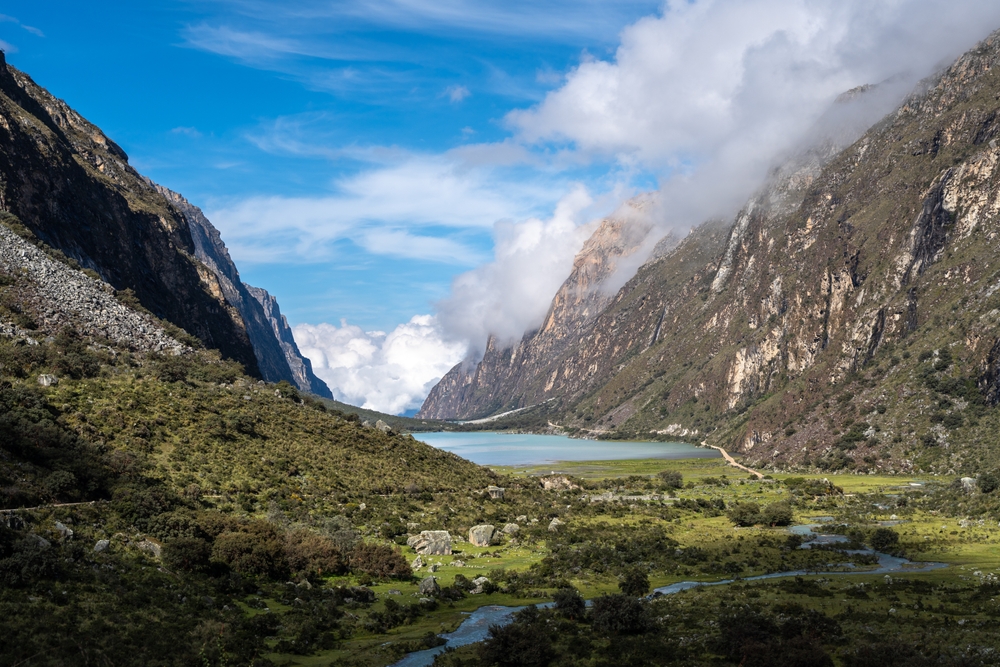
The Laguna 69 Trek is a stunning hike in Peru’s Huascarán National Park, leading hikers to the beautiful turquoise Laguna 69 lake. The trek is about 15 kilometers long and takes around 6-8 hours to complete, with the highest point at 4,600 meters above sea level (MASL). The trail offers spectacular views of snow-capped peaks, glaciers, and wildflowers, making it a favorite among adventure seekers. The hike is challenging due to the altitude but is suitable for experienced hikers with good physical condition.
The Laguna 69 Trek is one of the most popular hikes in the Cordillera Blanca region, known for its breathtaking scenery and challenging terrain. The best time to hike is from May to September, when the weather is drier and more stable. Hikers will need to be prepared for high-altitude conditions and bring sufficient water and snacks. The reward at the end of the trail is the beautiful, shimmering blue lagoon, surrounded by towering mountains.
Santa Cruz Trek, Peru
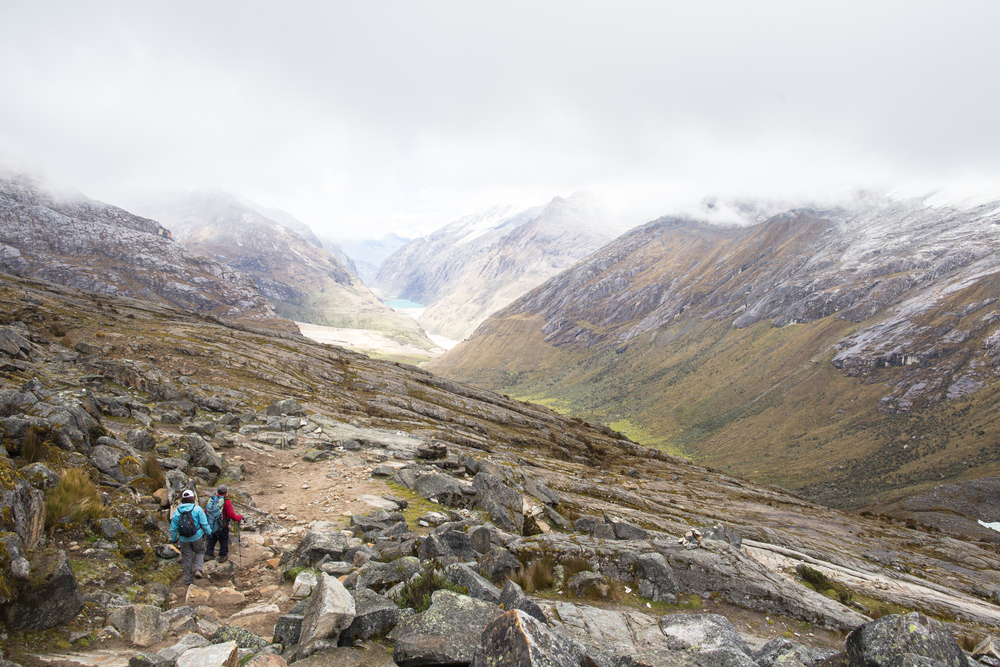
The Santa Cruz Trek is a classic hike in Peru’s Cordillera Blanca, offering stunning views of glaciers, valleys, and high-altitude lakes. The trek spans approximately 50 kilometers and takes 4-5 days to complete, with the highest point reaching 4,750 meters above sea level (MASL). The trail is moderate to difficult, suitable for hikers with some experience. It offers spectacular views of peaks like Huascarán and Alpamayo, making it one of the most scenic hikes in the region.
The Santa Cruz Trek is one of the most accessible treks in the Cordillera Blanca, offering a great balance of physical challenge and beautiful surroundings. The route takes hikers through lush valleys, alpine lakes, and past glaciers, providing a diverse and memorable experience. The best time to visit is during the dry season, from May to September, when trail conditions are ideal. The trek is well-established, making it an excellent choice for adventurous trekkers.
Salkantay Trek, Peru
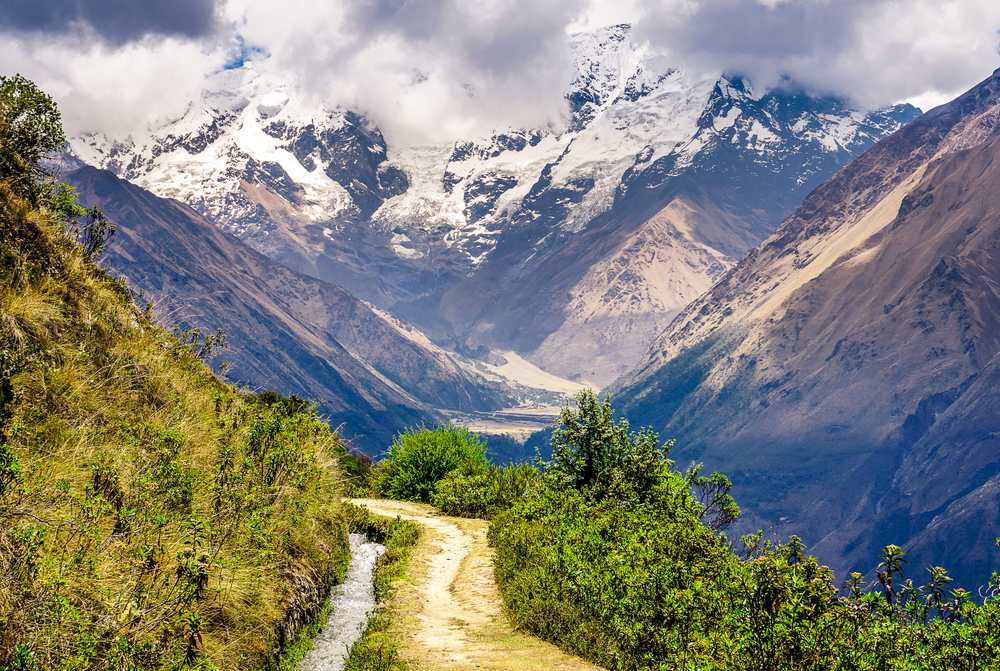
The Salkantay Trek is a challenging and rewarding alternative to the Inca Trail, leading hikers to Machu Picchu. The trek spans about 74 kilometers and typically takes 5 days to complete, with the highest point at 4,600 meters above sea level (MASL). The route offers diverse landscapes, from snow-capped mountains to tropical rainforests, providing a true adventure experience. It is suitable for experienced hikers looking for a less crowded alternative to the Inca Trail.
The Salkantay Trek involves steep climbs, high-altitude passes, and a variety of ecosystems, making it a physically demanding but visually stunning journey. The trek ends in Aguas Calientes, from where hikers can visit Machu Picchu. The best time to hike the Salkantay Trek is from May to September during the dry season. This trek provides an incredible way to experience Peru’s diverse landscapes and rich culture.
Colca Canyon Trek, Peru
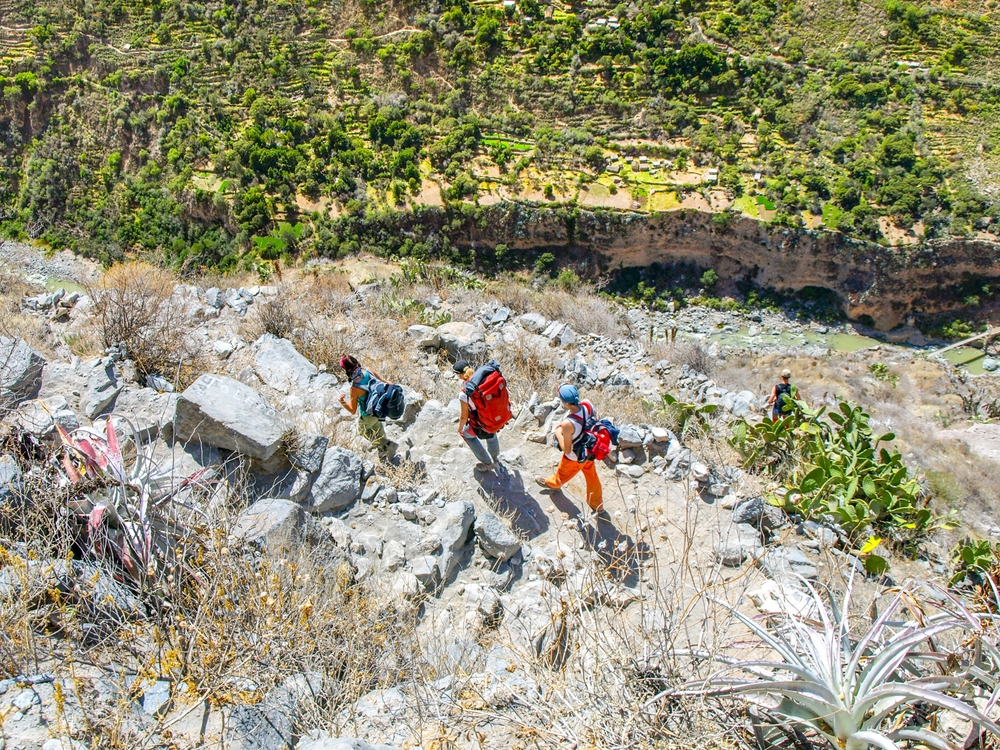
The Colca Canyon Trek takes hikers into one of the deepest canyons in the world, located in southern Peru. The trek spans about 30 kilometers and takes 2-3 days to complete, with the highest point at 3,500 meters above sea level (MASL). The trail offers stunning views of the canyon, the Colca River, and terraced fields, making it a great option for those looking to combine hiking with cultural experiences. The trek is moderate in difficulty, making it suitable for most hikers.
Along the way, hikers will encounter small villages, where they can learn about the region’s indigenous culture. The Colca Canyon is also home to the Andean condor, and trekkers often spot these majestic birds soaring above the canyon. The best time to trek is during the dry season from May to September, ensuring good trail conditions. This trek offers both a physical challenge and a chance to explore Peru’s rich cultural and natural heritage.
Laguna Verde Trek, Chile
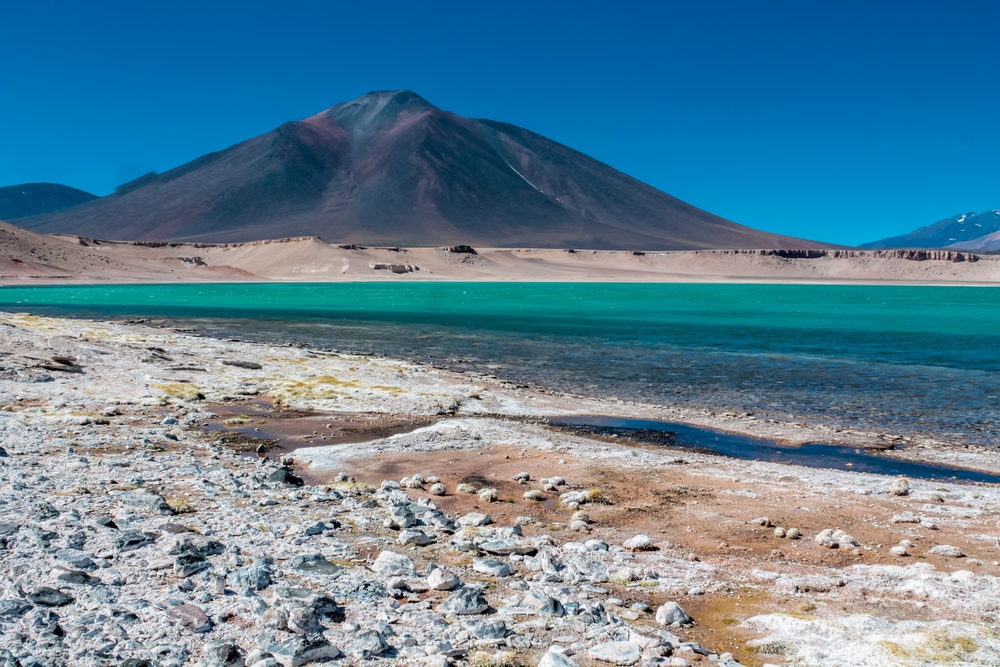
The Laguna Verde Trek is a stunning hike located in the Atacama Desert region of Chile. The trek is about 10 kilometers long and can be completed in a few hours, making it a great option for beginners or those looking for a shorter adventure. The highest point of the trail is around 4,200 meters above sea level (MASL), and hikers are rewarded with views of the striking green lagoon surrounded by volcanic peaks. The area’s unique desert landscape offers a one-of-a-kind trekking experience.
The trail is relatively easy, making it suitable for beginners with a moderate level of fitness. Along the way, hikers will pass through the desert landscape, with opportunities to spot wildlife and enjoy breathtaking views of the Andes. The best time to visit is during the warmer months of December to March, when temperatures are more moderate. The Laguna Verde Trek provides a beautiful, easy-access adventure for those looking to explore the Atacama Desert’s stunning scenery.
Roraima Tepui Trek, Venezuela
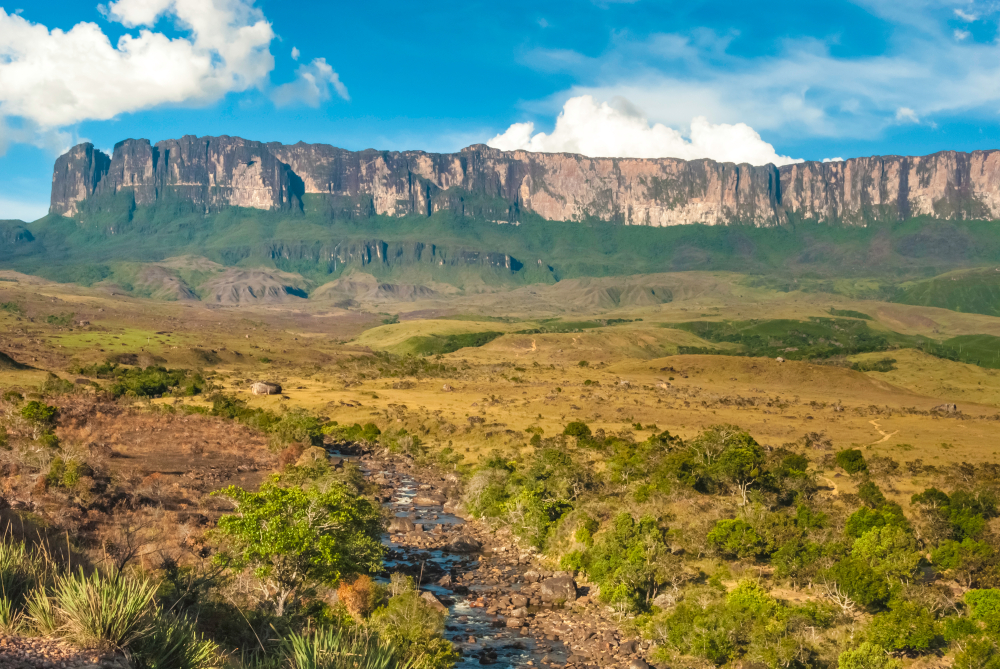
The Roraima Tepui Trek is a challenging and adventurous hike that takes trekkers to the top of one of the most famous flat-topped mountains in the world, Roraima Tepui. The trek covers about 6-7 days and spans roughly 70 kilometers, with an elevation gain of 2,810 meters above sea level (MASL). The hike offers stunning views of unique rock formations, waterfalls, and ancient vegetation, providing a once-in-a-lifetime experience for hikers. It is best suited for experienced hikers due to the demanding terrain and the need to navigate through dense jungle.
This trek offers a rare opportunity to explore the top of the Tepui, a plateau often described as the inspiration for Sir Arthur Conan Doyle’s novel The Lost World. The weather can be unpredictable, so hikers should be prepared for rain and high humidity. The best time to visit is during the dry season, from December to March, to improve trail conditions. Roraima Tepui is a remarkable journey for those looking to experience Venezuela’s natural wonders and challenge themselves with an unforgettable hike.
This article originally appeared on Avocadu.
